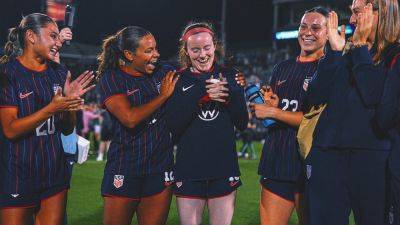Rediscovering the cradle of cricket
LONDON: Last Sunday I visited Broadhalfpenny Down, Hambledon, Hampshire, in the south of England. The attraction was twofold. First, the cricket ground is regarded as the “cradle of cricket.” Second, the Invalids Cricket Club was playing there against Broadhalfpenny Brigands CC.
Seven weeks ago, I featured the history of the Invalids CC after watching a match between them and the Royal Household CC played in the shadows of Windsor Castle. More insights into Invalids CC history emerged during my visit to Hambledon, but it is the place of Broadhalfpenny Down in cricket’s development that demands first focus.
The ground sits atop a hill that is surrounded by verdant countryside and has outstanding, if windswept, views. Almost no buildings are visible, the most noticeable one being the appropriately named Bat and Ball Inn across the road. It was to this inn, then called the Hut, that Richard Nyren became the landlord in 1762, moving from neighbouring Sussex, about 28 miles (44.8 kilometers) distant. He was an accomplished and respected left-handed all-round cricketer, in an era when underarm bowling and two stumps were the norm. It is astonishing that this windy hilltop, which doubled as the village’s sheep common, was about to assume a lofty place in cricket’s historical development.
Evidence suggests that a Hambledon team existed circa 1750, achieving prominence in 1756 by defeating Dartford, a major team in Kent. Then, its patron was Squire Thomas Land, who withdrew his involvement in 1764.
Nyren’s arrival coincided with the setting up of a gentlemen’s social club at the inn. It is unclear whether this was Nyren’s idea or that of the Rev. Charles Powlett, who had been transferred from London to a church about 18








